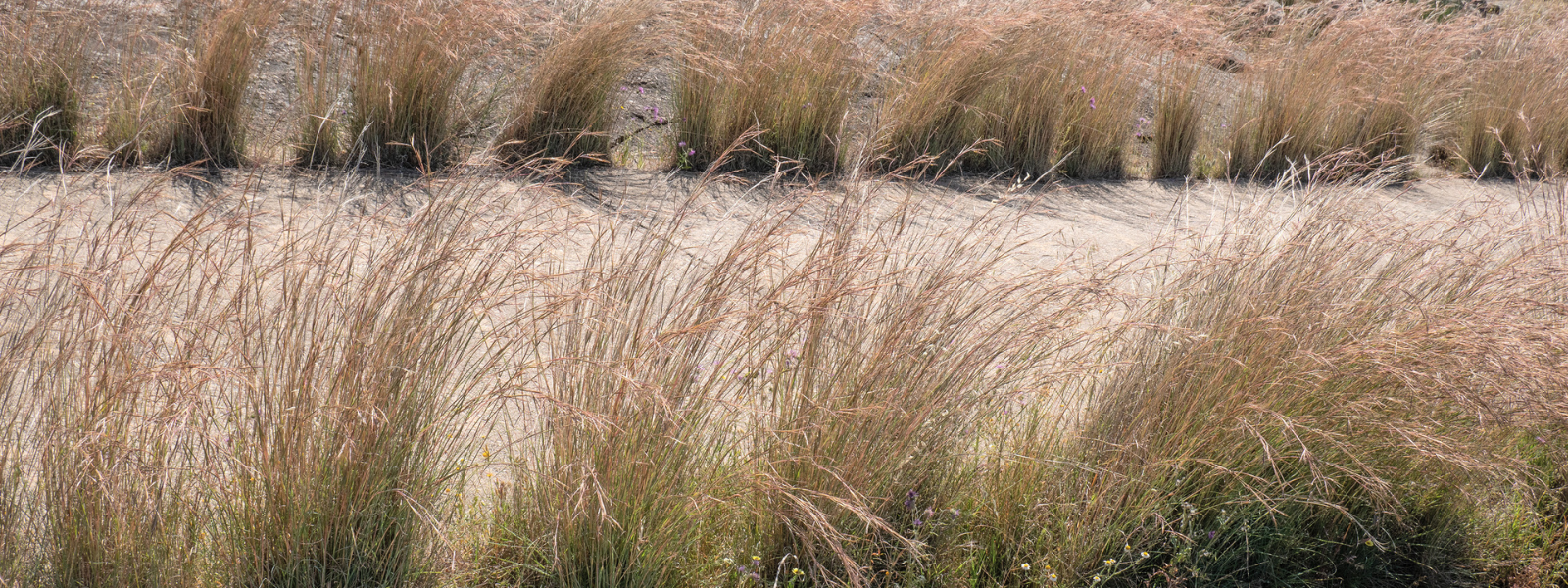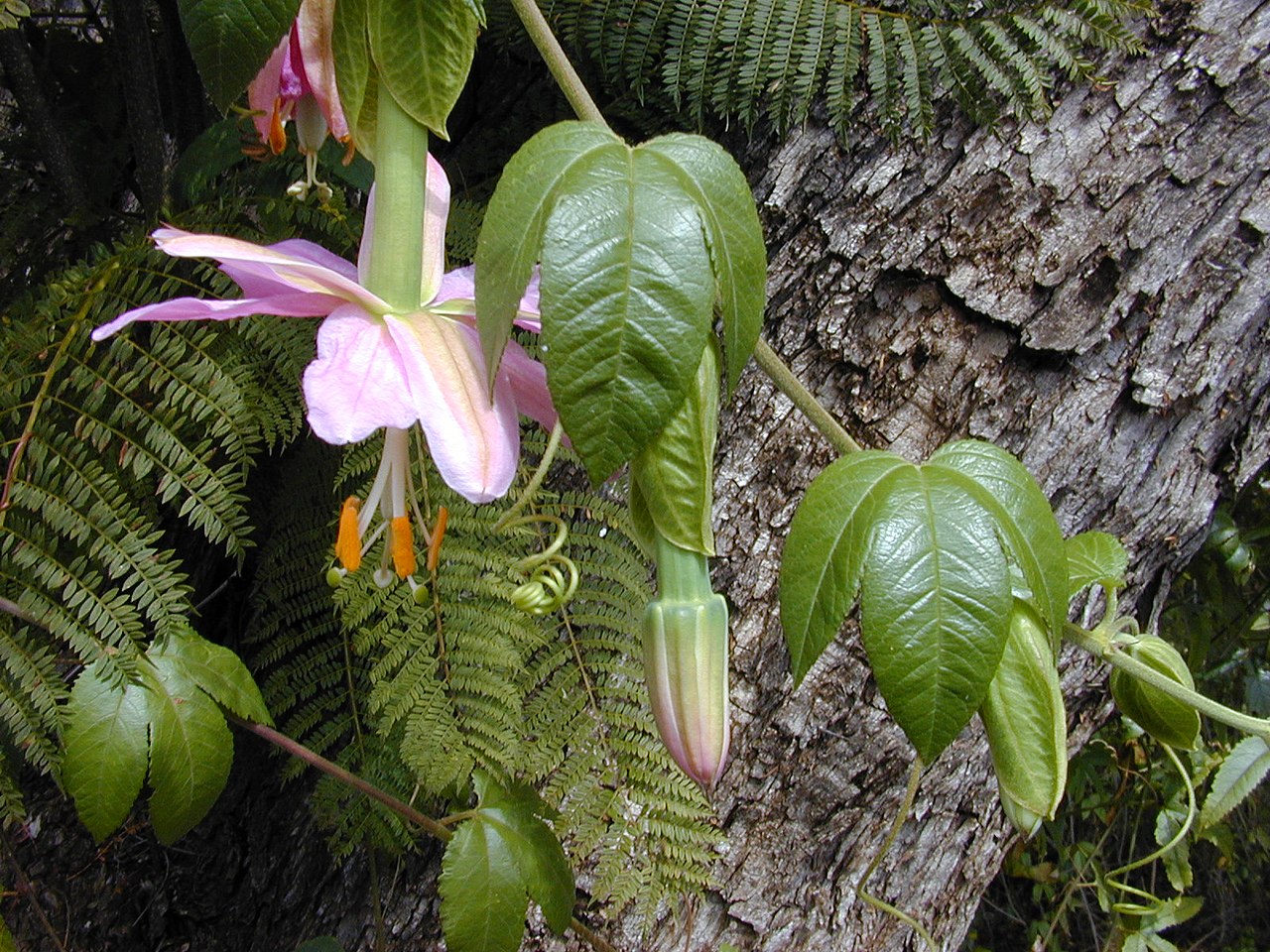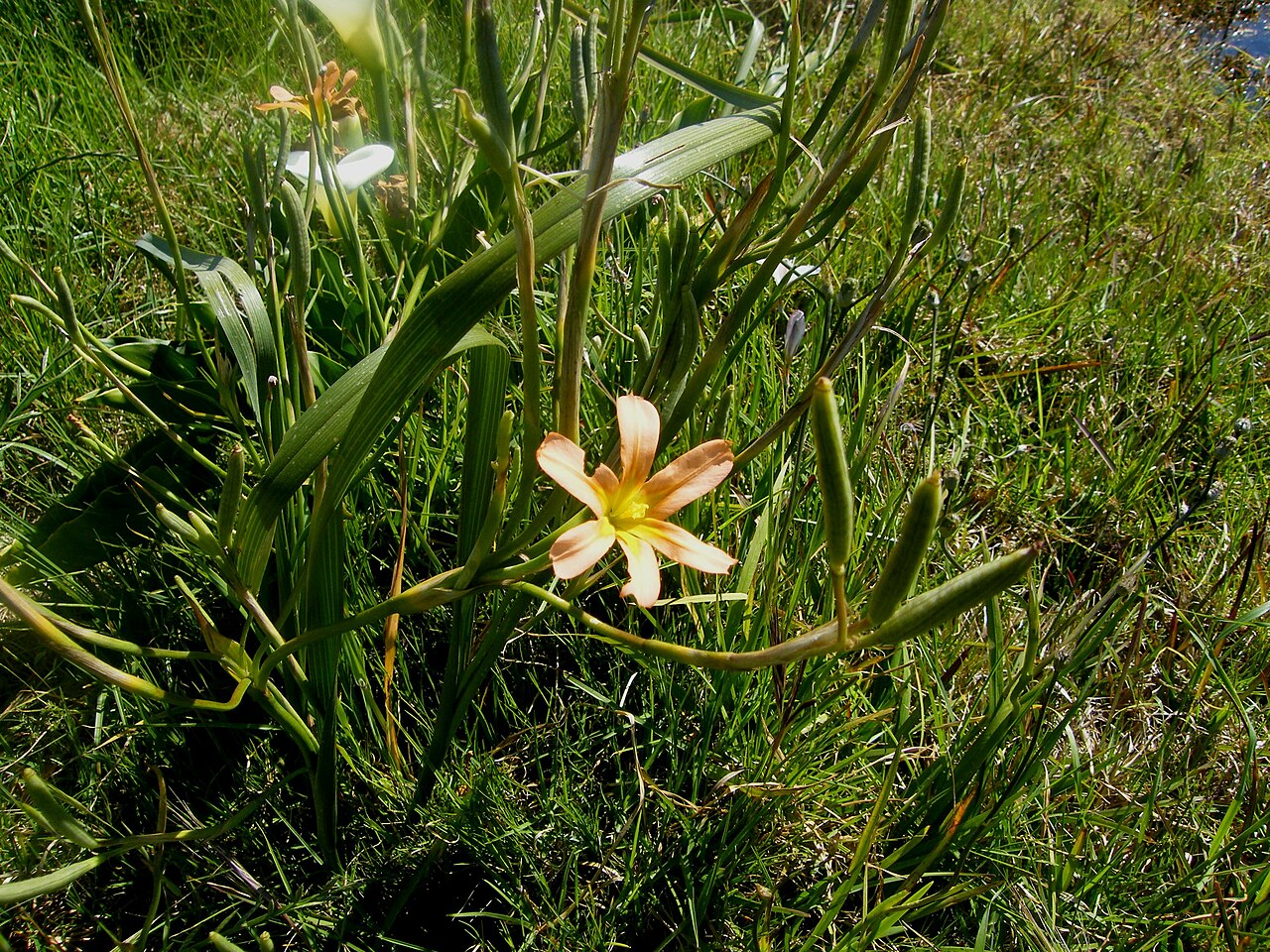
Common Name
Coolatai Grass, Tambookie Grass, Thatching Grass, Coolatai Tussock or Tambookie Grass.
Scientific Name
Hyparrhenia hirta
Family
Poaceae
Lifecycle
Perennial
Seasons of Growth
Year-round
Key Distinguishing Feature
Tufted grass with feathery flower heads
• Growth Form: Coolatai Grass is a tussock-forming grass, meaning it grows in dense clumps or tussocks.
• Leaves: The leaves are long and narrow, often with fine hairs on the leaf margins and upper surface. They are typically green but can take on a bluish-green colour.
• Seedheads: The seedheads are characteristic and distinctive, with large, feathery plumes that can reach up to 60 centimetres (24 inches) in length. These plumes are often silvery or white and are highly visible.
• Habitat: Coolatai Grass is commonly found in grasslands, pastures, roadsides, and disturbed areas. It is native to Africa but has become invasive in parts of Australia.
Ecological Impact:
• Coolatai Grass is considered an invasive species in some regions, particularly in Australia, where it can outcompete native grasses and disrupt natural ecosystems.
• The dense tussocks can impede livestock grazing and affect land productivity.
Control Methods:
• Control of Coolatai Grass often involves a combination of mechanical, chemical, and cultural methods.
• Mechanical methods include regular mowing, slashing, or grazing with livestock to reduce seed production and control the growth of tussocks.
• Herbicides may be used for control, but care must be taken to use them safely and effectively, following local regulations.
• Promoting the growth of desirable, non-invasive grasses through reseeding and land management practices can help reduce the dominance of Coolatai Grass over time.
Coolatai Grass is a challenging invasive grass that requires active management to prevent its spread and protect native ecosystems. Local agricultural authorities often provide guidance on the best control practices for this invasive species.




